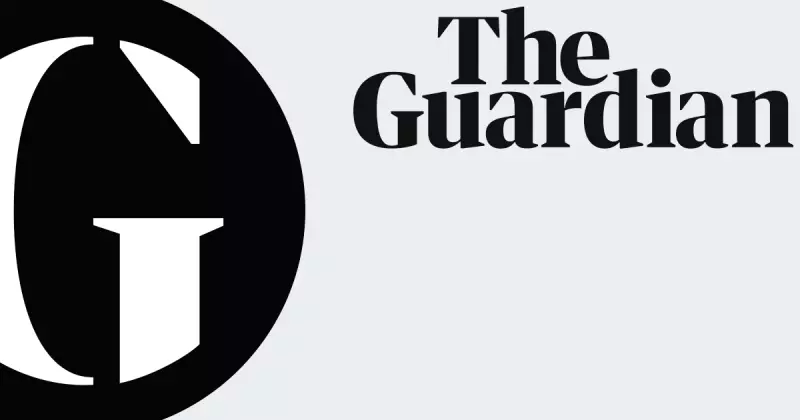
After months of devastating conflict and intense diplomatic manoeuvring, a fragile ceasefire has taken hold in Gaza, offering a tentative respite to civilians caught in the crossfire. The agreement, reached following marathon negotiations involving multiple international mediators, represents the most significant breakthrough in the conflict to date.
The Diplomatic Marathon Behind the Truce
Sources close to the negotiations reveal that the path to this agreement was fraught with setbacks and required unprecedented levels of international coordination. Key mediators worked tirelessly to bridge seemingly irreconcilable positions, with the final terms being hammered out in all-night sessions.
The ceasefire conditions include:
- An immediate cessation of all hostilities by both sides
- Significant increases in humanitarian aid delivery to Gaza
- The release of prisoners and detainees in phased exchanges
- Withdrawal of Israeli forces from specific areas of Gaza
Humanitarian Crisis: The Road to Recovery
While the guns have fallen silent, the humanitarian situation remains dire. Aid agencies are now racing against time to address critical shortages of food, medicine, and clean water. The destruction of infrastructure presents enormous challenges for recovery efforts.
"The immediate priority is saving lives and preventing further suffering," explained one senior aid official. "But the scale of destruction means rebuilding will take years and require sustained international support."
Regional Reactions and International Response
The international community has largely welcomed the ceasefire, though concerns persist about its long-term sustainability. Regional powers have expressed cautious optimism while emphasising the need for a comprehensive political solution.
World leaders have praised the mediators' efforts while acknowledging that the truce represents only the first step toward lasting peace. The United Nations has called for all parties to honour the agreement fully and work toward addressing the underlying causes of the conflict.
What Comes Next? The Challenges Ahead
Experts warn that the most difficult phase may be just beginning. Maintaining the ceasefire will require careful monitoring and continued diplomatic engagement. Key challenges include:
- Ensuring compliance from all armed factions
- Rebuilding trust between the conflicting parties
- Addressing the political issues that sparked the conflict
- Coordinating international reconstruction efforts
As the dust settles, all eyes remain on Gaza, where the coming days will test whether this fragile truce can evolve into something more permanent. The world watches and hopes that this ceasefire marks the beginning of the end for one of the world's most intractable conflicts.





